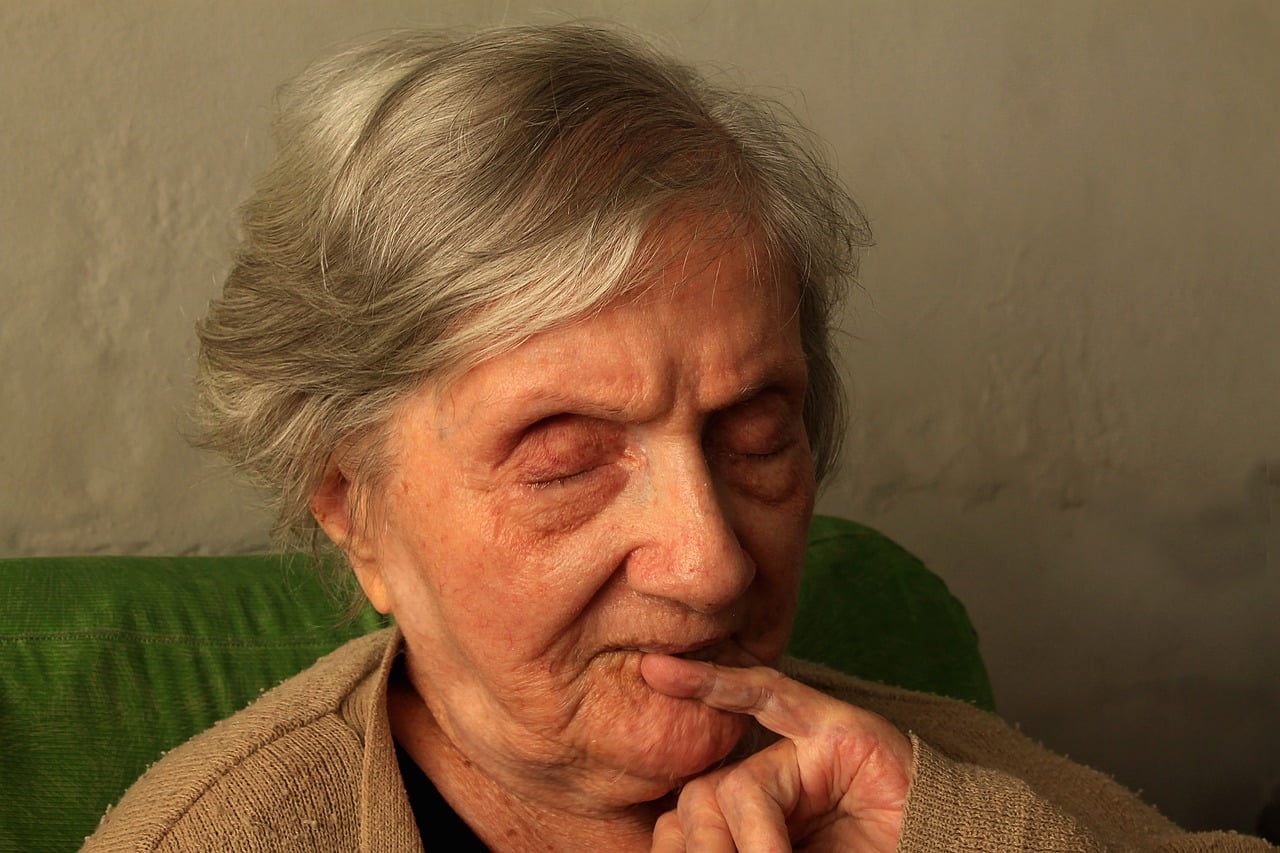Learning About Alzheimer’s
- Updated on: Jul 9, 2024
- 3 min Read
- Published on Apr 3, 2021

Alzheimer’s Disease Definition and General Overview:
Alzheimer’s disease (AD) is a progressive and irreversible neurological disorder of the brain that occurs in older people between ages of 60 and above in which gradual destruction and death of brain cells causes loss of thinking skill, cognitive skill, memory and motor skills. AD is considered as the most common cause of Dementia and accounts for 60-80% dementia cases in older people.
The disease is named after Dr. Alois Alzheime. In 1906, he noticed unusual changes in the brain of lady died of mental illness having symptoms such as language problem, memory loss and unusual behaviour. Abnormal clumps (amyloid plaques) and tangled bundle fibres (neurofibrillary or tau) and also loss of connection between brain cells (neurons) was found in her brain when he examined her brain after she died.
Dementia is a condition in which brain’s cognitive, social and intellectual abilities decline slowly to such an extent that it affects daily activities and life functions in people affected with this disease. Depending on the type of brain changes in a person, causes of dementia may vary. There are many types of dementia observed in people like Lewy body dementia, vascular dementia and fronto-temporal dementia. Mixed dementia is also commonly seen in people which is characterised by two or more disorders and dementia is at least one of them.
AD generally begins after the age of 60 years and the risk of having AD increases with an increase in age. The risk is higher in families with a history of AD. In some cases AD may start early before the age of 60 years. It is not necessary that it would always occur in later years of life as it is not a result of ageing. It may sometimes happen at or above the age of 100 years in people. Around 50% of persons over the age of 80 years are affected by it.
Alzheimer’s affects the hippocampus region of the brain which is responsible for memory and motor skills of a person. It is characterised by impairment such as memory loss and disturbance in reasoning, planning, problem in language, writing, reading and recognition and difficulty in daily activities and loss of motor skills such as combing hairs, brushing the teeth, Picking up an object etc.
How Brain Changes in Alzheimer’s disease?
Scientists are researching on complex brain changes that occur in the beginning and during progression of AD. They noticed that damage to brain occur at pre-clinical stage when onset of the symptoms such as loss of memory and cognitive skills is not observed and a person seems free of symptoms. But during this stage, abnormal and toxic changes like deposition of amyloid plaques, tangling of bundle fibres and loss of connection between the brain cells start and once healthy neurons lose connections, they stop functioning and eventually die.
The damage to the brain starts at the hippocampus region and gradually spread to other parts and toward the end of the final stage of the disease, most of the brain cells are damage tangled and the brain area is shrunken.
Facts about Alzheimer’s Disease (AD):
- Alzheimer’s is an incurable and irreversible brain disease and the symptoms and risks worsen over age and time.
- It mostly starts at the age of 60 years but not necessarily. It may occur in any individual as it’s not a normal process of ageing. It may occur in early ages such as before 60s and even in later years after 100 in some cases.
- It is the most common cause of dementia in the US and other countries in the world.
- An estimated 5.3 million people of all ages in America in which almost 2/3 is women are having this disease.
- It is estimated that 5.1 million people of age 65 and above and approximately 200,000 people of age under 65 years are having it.
- In the US, one person develops AD in every 67 seconds.
- An estimate says that 1 in every 3 senior citizens died of the disease and other dementia problems.
- The disease and other dementia problems cost the nation (US) around $226 billion per year.
- In 2014, it is estimated that due to toll of caregivers (physical and emotional), in addition to healthcare cost of their own, the caregivers costs $9.7 billion.
- It is also observed and estimated that as US population increases, it becomes the major cause of death among people.
- Approximately 850,000 people in the UK are affected by it.












